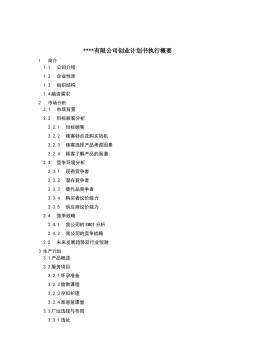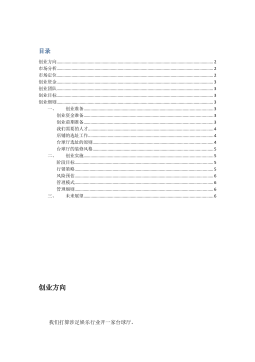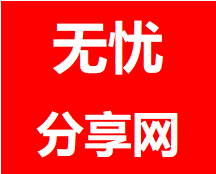我国文化贸易国际竞争力及影响要素研究
6摘要随着经济全球化的深入发展、科技日益进步,特别是后金融危机时代的到来,文化产业和文化市场在世界范围内迅速崛起和发展,文化贸易已经成为国际贸易中重要的组成部分。近年来,文化贸易日益受到我国的重视,“十二五”规划中提出发展文化产业为支柱产业的要求。我国文化贸易近年来取得了较快的发展,但总体来看,依然存在竞争力较弱、发展重点不明确的问题。因此,重点培育和集聚哪些文化贸易要素,提升文化贸易国际竞争力也是亟待研究和解决的问题。本文在对文化贸易国际竞争力及影响要素理论讨论和界定的基础上,先分析了我国文化产业发展及国际竞争力现状,通过SWOT分析方法,得出我国文化产业发展存在滞后性的结论,并指出我国文化...
相关推荐
-
我国基层财政困难的制度成因分析与对策研究VIP免费
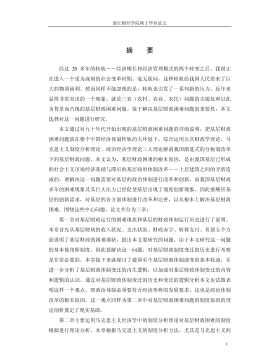
 2024-09-20 46
2024-09-20 46 -
我国煤电产业链纵向交易合约机制研究VIP免费
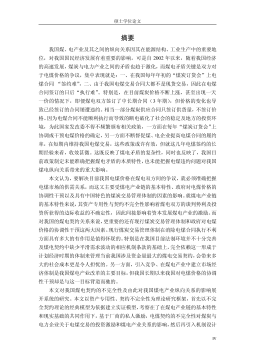
 2024-09-20 43
2024-09-20 43 -
生产要素视角下的上海市产业结构优化研究VIP免费
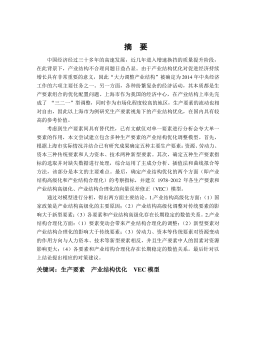
 2025-01-09 8
2025-01-09 8 -
我国银行业结构与经济结构关系研究VIP免费
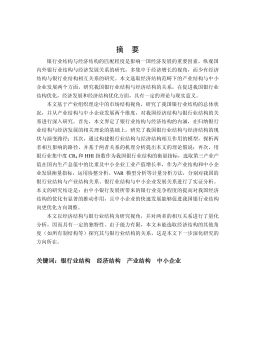
 2025-01-09 17
2025-01-09 17 -
大数据视角下农业供应链金融研究VIP免费

 2025-01-09 14
2025-01-09 14 -
跨国大型综合超市的规划研究VIP免费
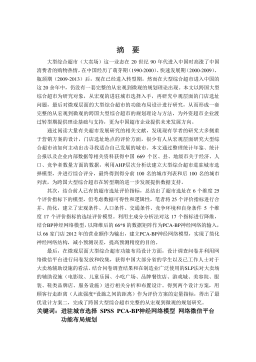
 2025-01-09 9
2025-01-09 9 -
跨境电商农产品质量安全问题研究VIP免费
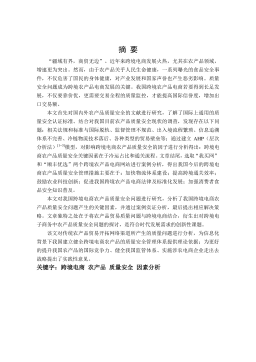
 2025-01-09 9
2025-01-09 9 -
世界市场的虚拟化与我国国际电子商务发展方向研究VIP免费
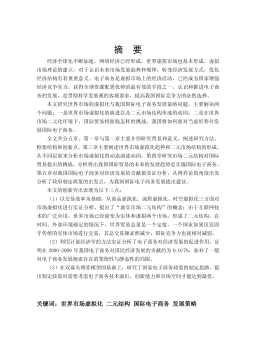
 2025-01-09 43
2025-01-09 43 -
中国政府对电力行业的价格规制问题研究VIP免费
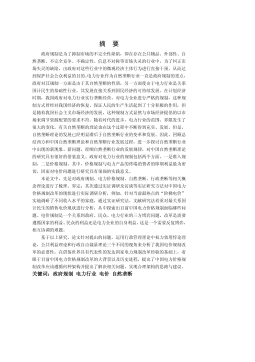
 2025-01-09 18
2025-01-09 18 -
中小企业信息化系统集成技术研究VIP免费
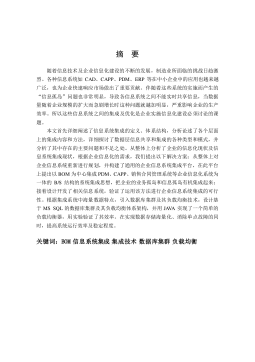
 2025-01-09 30
2025-01-09 30
相关内容
-

跨国大型综合超市的规划研究
分类:高等教育资料
时间:2025-01-09
标签:无
格式:PDF
价格:15 积分
-

跨境电商农产品质量安全问题研究
分类:高等教育资料
时间:2025-01-09
标签:无
格式:PDF
价格:15 积分
-

世界市场的虚拟化与我国国际电子商务发展方向研究
分类:高等教育资料
时间:2025-01-09
标签:无
格式:PDF
价格:15 积分
-

中国政府对电力行业的价格规制问题研究
分类:高等教育资料
时间:2025-01-09
标签:无
格式:PDF
价格:15 积分
-

中小企业信息化系统集成技术研究
分类:高等教育资料
时间:2025-01-09
标签:无
格式:PDF
价格:15 积分


